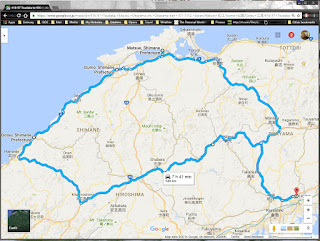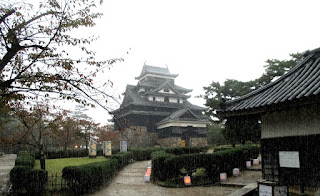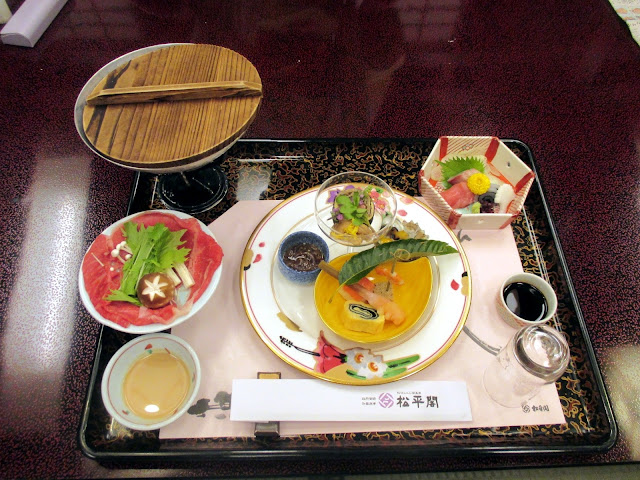I am not in shock!
 I was a bit stunned at first until I started to put two and two together.
I was a bit stunned at first until I started to put two and two together.
I have been running a low key anti-Clinton campaign on my blog and Facebook page for several months. My reasons are defined there and I won't rehash old stuff here. I was, frankly, delighted to hear that she had lost since I felt that she, and not Trump, was the greater of two evils.
Like a friend of mine said elsewhere, "Change is good, isn't it?" Change, of course, is a two-edged sword and we will have to wait and see how it goes with Trump. But, I felt that with Hillary there would be NO change whatsoever, and I think we were sliding into a potentially expanded war spilling out of the Middle East with her continuing her ineffective and disastrous neo-con activities ("We came, we saw, he died . . . Ha-ha-ha!) which have already left such a trail of anger, hatred, death and destruction in the M.E.
These two articles, if read with an open mind, go a long way in explaining why and how Trump won the 2016 Presidential election.
http://russia-insider.com/en/politics/trumps-win-wasnt-ideological-it-was-brilliant/ri17505
Many people may not like the messenger, but the message is loud and clear: the neo-liberal economic policies (finance capitalism) and neo-conservative (military imperial expansion and hegemony) foreign policies (status quo) put in place by the Reagan Administration and perfected by the Clintons were repudiated by the electorate (the ones who bothered to vote at all). To my mind it's a pendulum swing, the kind that occurs in American politics periodically. Hillary (the status quo standard bearer) was, in the end, powerless to stop the swing because she was on the wrong side of History.
History is moving away from American hegemony and groping (oops, that word!) towards a multi-polar world balance of power among the current great powers: the USA, China and Russia. If Trump can manage to begin that kind of foreign policy he could turn out to be a great president. As for the threat of "fascism" heaped on him, the reality is that America already is a pretty violent fascistic state with mass surveillance and militarized police forces and mass conditioning (brainwashing) through public relations and mass media.
I am cautiously optimistic that at least there is now a chance of some things changing on the international scene, hopefully for the better. Who knows?
We shall see!















































